Maurizio Scripanti (1916-1996) was an original figure in Italian post-war architectural panorama. You maybe remember another project of him that we featured here in Socks: the Teatro Lirico for the City of Cagliari (1965)
His lifelong research was daring in every aspect of the architectural production (from the representation techniques, to the technological and spatial investigations) without ever being utopical.
His proposals tended to always keep a pragmatical approach and focus on feasibility even when they looked extremely visionary.
His entry for the competition for an office building for Peugeot in Buenos Aires (competition: 1961) deals with a double scale: the monumental, embodied by the skyscraper as a whole, and that of the single offices for the different companies which were to occupy the spaces.
The main volume is plastically fragmented in several blocks and the façade is composed by orientable brises-soleil plated with coloured elements and lights.
The brands of the offices could be integrated over this movable façade and changed throught time, merging completely with the architecture of the building. In Sacripanti’s words (our traslation from the Italian text) the Peugeot skyscraper was a “vertical neighborhood warped with lames upon which it is possible to write”
The introduction of a strong graphical component in the project underlines the architect’s awareness of the communicational role a building could play in the consumer society.
Further reading:
(in Italian) mauriziosacripanti.blogspot.com

Elevation (Casabella 268, 1962:49, via Rndrd.com)

Model from the collection of the MAXXI, Rome

Drawings from the project
Find some of the other projects in the competition (including the winning proposal) here.
About the competition winner, the italian historian Bruno Zevi harshly wrote : “The Peugeot skyscraper in Buenos Aires: the winning skyscraper is only tall”
Zevi B., Il concorso Peugeot a Buenos Aires: ha vinto un grattacielo che è soltanto alto, in «L’Espresso», 19 agosto 1962.
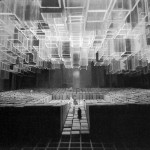
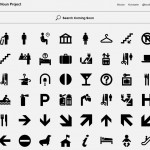
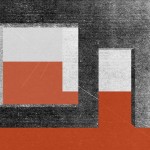
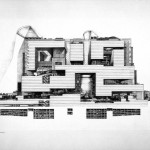
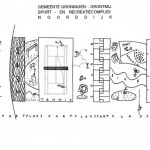
Leave a Reply